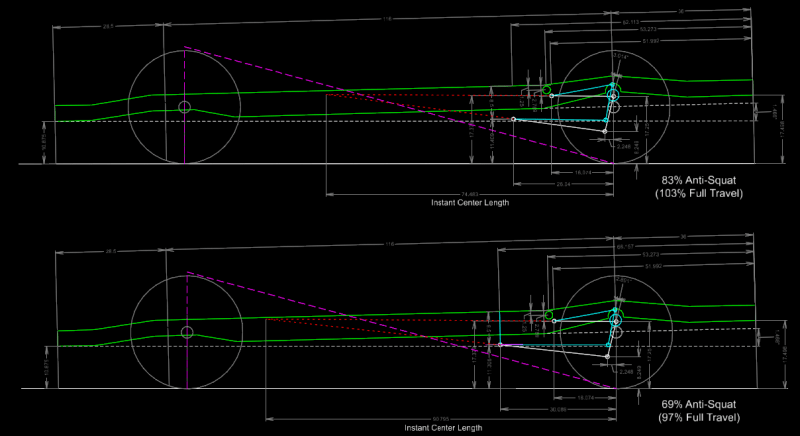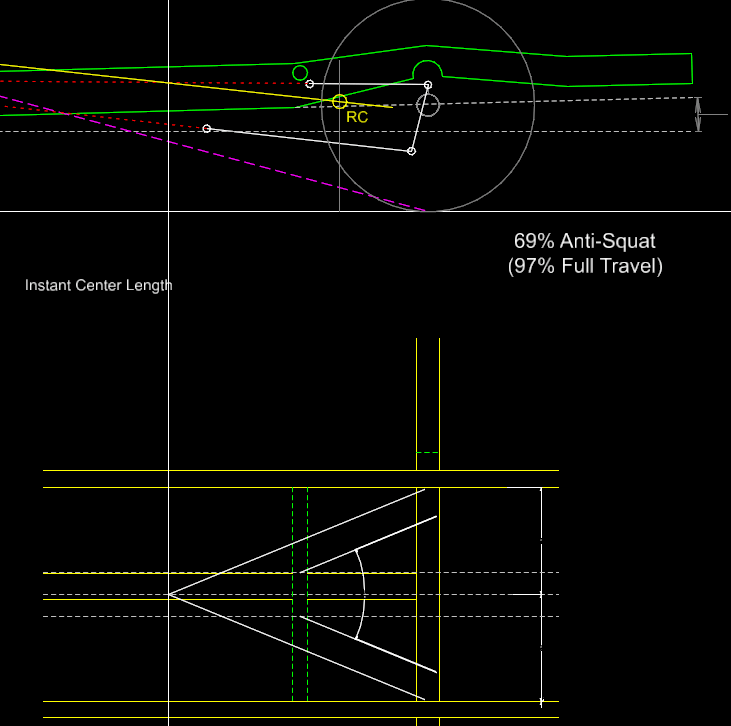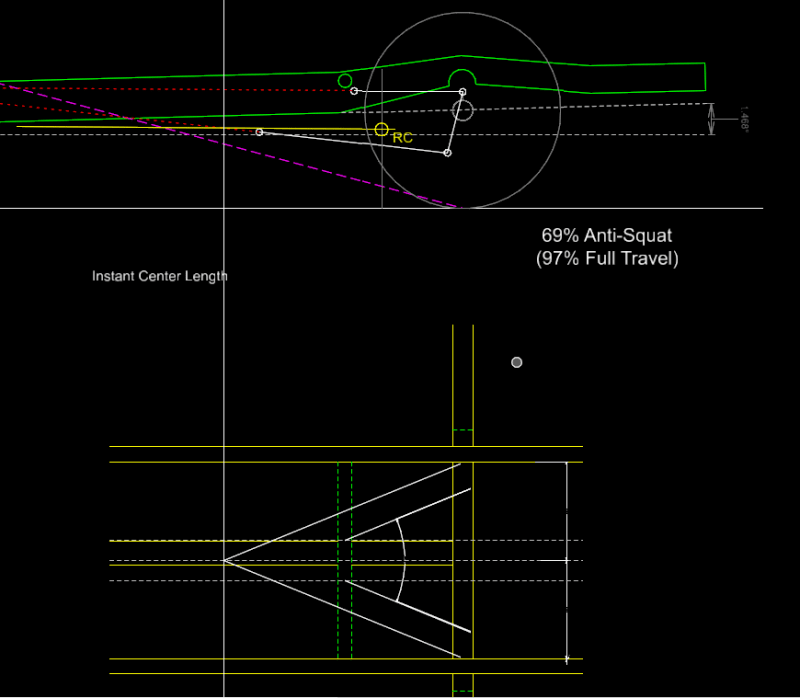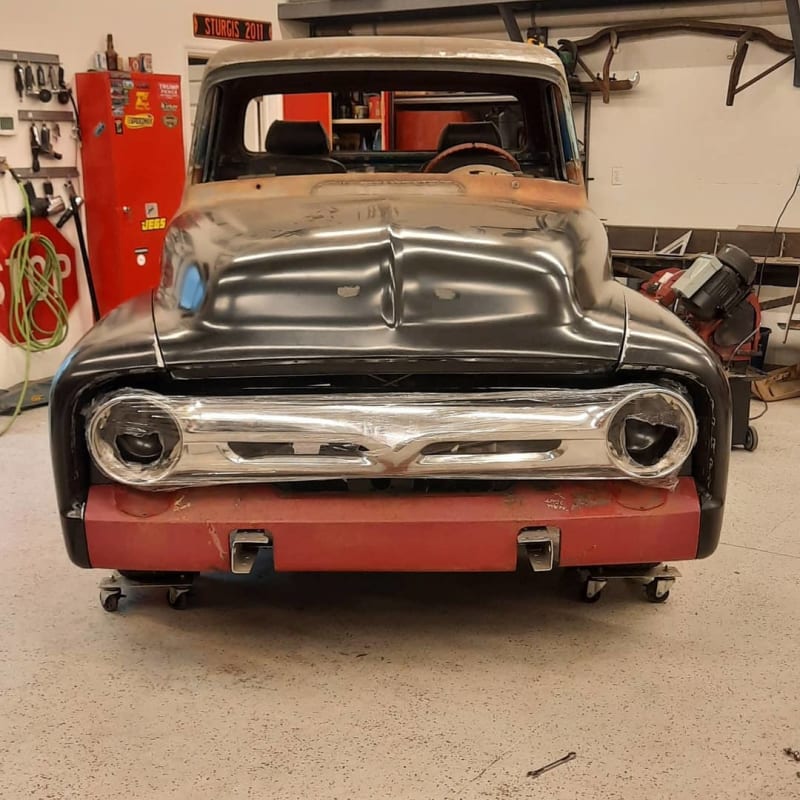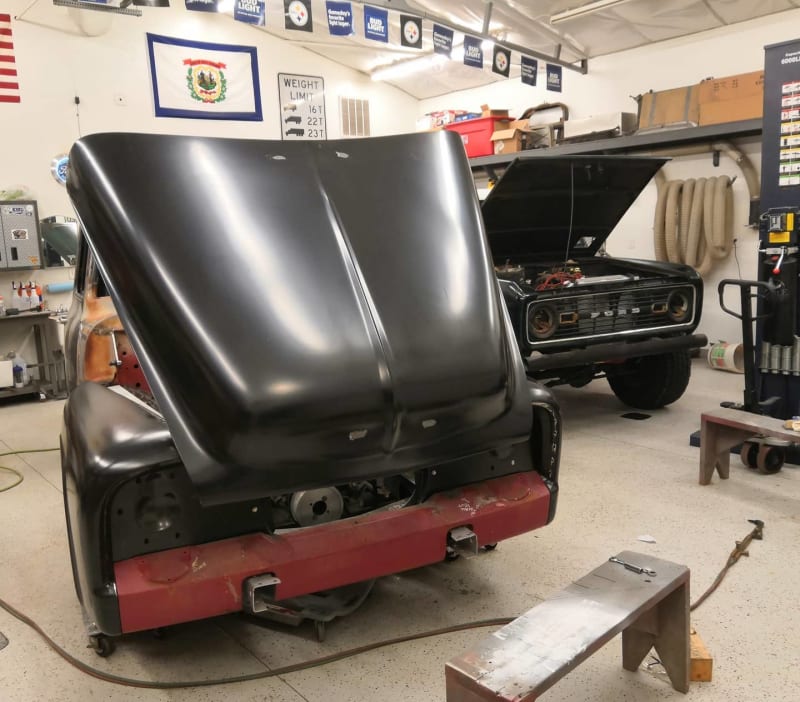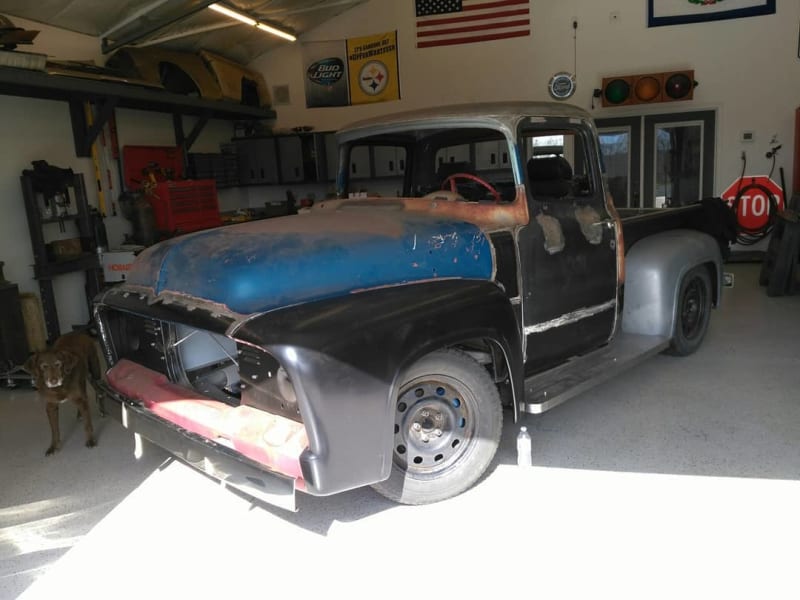Consider these design considerations. Maybe they don't apply to your truck, but they sure are very important in the Big PU Truck Picture:
1) Trucks usually experience very high load CHANGES in their normal use. Forget "Load Ratings" as a guide. Truck operators will put in the back bed any amount of crap that fits or doesn't eventually vibrate or fall out. Heck, even I can & will put 50 forty lb hay bales in the back of a 1/2 ton pickup, even using the tailgate flopped down to give me a decent overhang. Then take it all out for a local delivery. Customers who come and get it can & will pack even more (like 60).
2) Truck tires are usually aired up to a pressure well above 30 psi (as in 50 to 85, depending on 'rating'. This is done to achieve a legal tire load rating. AND to help get fuel economy driven low rolling resistance. Yet, their peak cornering stiffness occurs well below 35 psi. So, augmenting tire cornering stiffness with roll steer is handy, BECAUSE: the roll UNDERSTEER jacks up the tire's effective cornering stiffness as you add payload. This keeps the steering gain manageable as speed varies and frequency response / lateral acceleration response times fairly low with all payloads. You can add lateral force deflection understeer via plan view spring angles, but it's not load dependent. It's either there or not there. Adding load dependent roll steer is an attempt to supply the rear axle's sideslip gradient with a constant value for as long as possible as you corner more severely. We call this the Rear Cornering Compliance, in units of deg/g. Low is always good.
3) Most truck are equipped with trailer hitches, not only to protect owners from tailgaters, but because they pull trailers nicely. Trailers have hitches set to a prescribed height. The tongue loads on heavy trailers during cornering can and will be very high. You really don't want the lateral load component to increase the sprung mass roll moment because that's how crashes occur. Not accidents, but crashes from jack knifing. For this reason and a few others, rear suspensions of real trucks have rear roll centers well over 450 mm. Some above 600 mm (I have the stats).
4) Also, as an addenda to #3, the front & rear roll center locations amend the sprung masses roll inertia (parallel axis theorem, remember ?). As you add payload, the inertias (obviously) increase. If the roll axis is low, the roll natural frequency will also be lower than if the axis were very high. Besides the unpleasant wallowing roll feel, this low damped roll frequency can and will 'Q' up with yaw velocity's damped frequency and self excitation plus self preservation conditions are known to arise. Yes, you can add a rear roll bar, but then the extra stiffness is unsuitable for your unloaded condition.
So, for running around town on pass car tires at 28 psi, just put it together, but if want to stay in a normal pickup truck's safety zone, don't change the rear suspension far away from a modern truck's layout.
